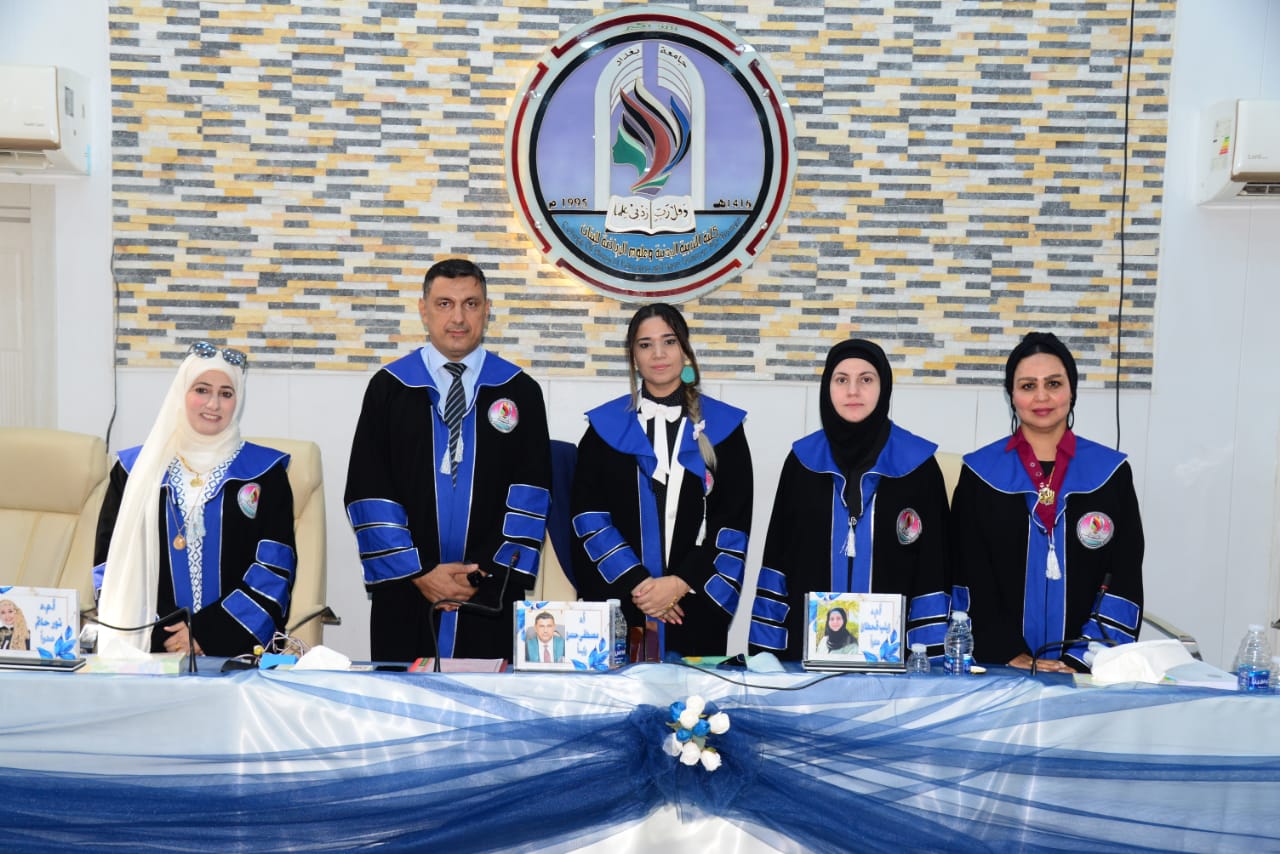The College of Physical Education and Sports Sciences for Girls, University of Baghdad, discussed a Master’s thesis titled (The Impact of Training Using an Innovative Electronic Device on the Motor Speed of the Armed Arm and Some Offensive, Defensive, and Functional Skills of Foil Fencers), by the student Zainab Adel Ashour.
The study aimed to design and manufacture an innovative electronic device for measuring and training the motor speed of the armed arm among members of the Iraqi national fencing team, specifically those practicing the Foil discipline, during the sports season of 2022/2023. It involved the development of training programs utilizing this innovative electronic device tailored for the armed arm of Foil fencers. Furthermore, the research sought to investigate the impact of these training programs, utilizing the innovative electronic device, on the motor speed of the armed arm, as well as on various offensive, defensive, and functional skills of young fencers within the specified Foil category sample.
The study yielded a set of results and recommendations, with the most noteworthy being that training with the innovative electronic device significantly contributes to enhancing the motor speed of the armed arm among Sabre fencers. This improvement was observed in both offensive skills (such as straight attacks, directional changes, cut attacks, and numerical attacks) and defensive skills (including fourth and sixth parries). Additionally, training with this device led to a favorable physiological response by reducing heart rates (HR-Bpm) after physical exertion among Sabre fencers, surpassing their non-trained peers in terms of improvement and functional development.
The study underscores the growing need to prioritize the adoption of modern sports training principles and methods, with a particular focus on catering to the specific requirements of elite young fencers when designing training programs that integrate sports technology. Furthermore, there is a call to prioritize the scientific planning of training programs based on the anaerobic energy system, which is distinctive in the sport of fencing. This approach can generate physiological responses that significantly contribute to the functional development of elite young fencers.
